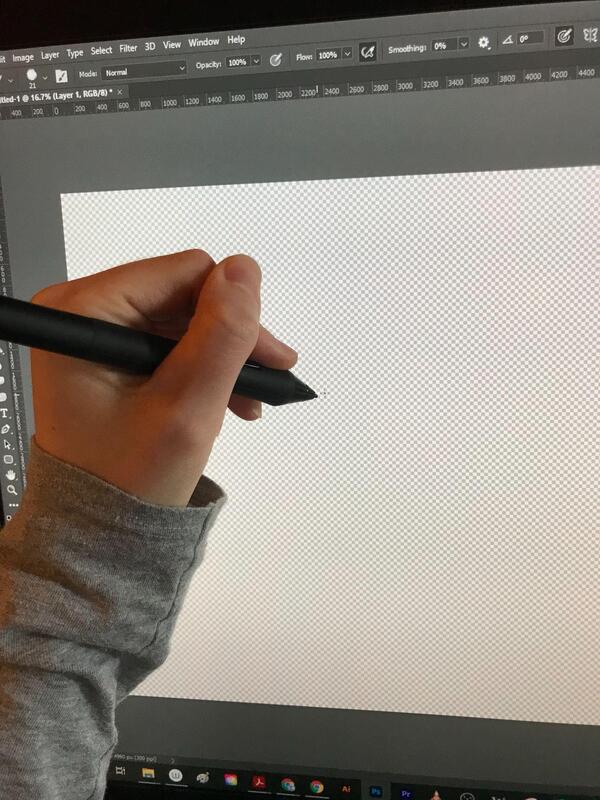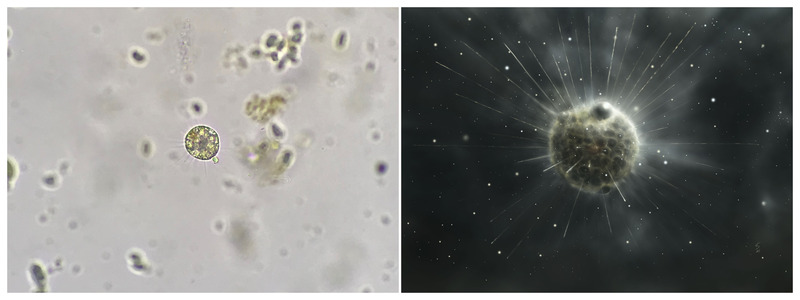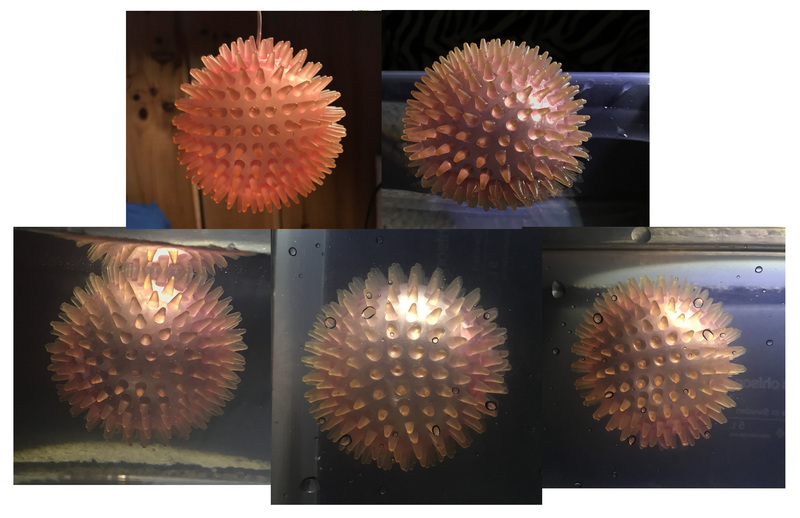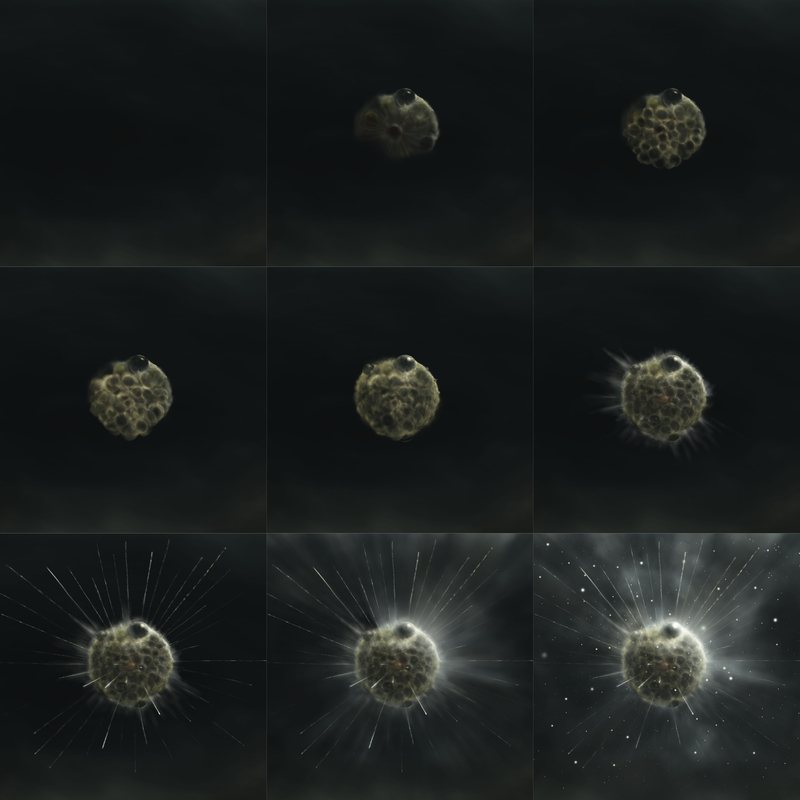
How the drawings are made
In general, digital art refers to any artwork that was created by a human artist with the use of computers instead of physical media such as ink, graphite, or paint. It does not refer to images generated by computer software or artificial intelligence (that would be called CGI and AI art), although in some cases artists may use those technologies in their digital art process. In most cases, digital tools and techniques are similar to traditional methods, using a stylus with simulated brushes, pens, and pencils, and a tablet or screen with a digital canvas instead of physical paper or canvas.
I do all of my digital art by hand using a Wacom Cintiq with a stylus that works almost like a traditional pen or paintbrush. I do not use CGI, photography, or artificial intelligence in my work. Here's a brief video showing how the drawing process looks in real time.
My process
Inspiration
The first step is, of course, inspiration! I am often inspired by things I see in my own microscope, or shared by other microscope explorers, for example on Instagram. Sometimes the project is a commission, in which case the idea or concept is provided to me, and I take it from there.

Research
Once I'm inspired, the next step is to learn as much as I can about the subject. I need to know what it looks like of course, but I also want to know what kind of habitat it lives in, what it eats, what other kinds of organisms might be living with it, and anything else I can find that will help me understand what the creature is like. It is usually difficult or impossible to find all the information I want about specific protozoa, but I do my best with what I can find.
References
Since I'm typically drawing scenes that are impossible to photograph, I spend a lot of time studying a wide variety of images, each with different elements that I want to understand. I look for photos and videos of my subjects in different contexts and with different imaging techniques and compare them to try and understand how it "really" looks. My microscope experience is valuable here, because it helps me interpret microscope imagery and compare different types of images to build a more complete picture of the organism in my mind.
I also have several Pinterest boards with pictures that have nothing to do with microbes, but that help me understand how to draw specific textures, lighting, and other details in various circumstances. For example, if I'm drawing a large ciliate I might look at pictures of jellyfish to study how light travels through a soft, semi-transparent membrane on a roundish creature in an aquatic environment.
Sometimes my reference needs are extremely specific and I just can't find the answers, so I have to get creative and make my own reference images to emulate what I'm trying to understand. For example, pictures of sea urchins helped me learn how perspective works on a ball with long thin spikes, but the heliozoan is semi-transparent, so I still had questions that those images didn't answer. I ended up taking several pictures of a dog toy in and out of water with different lighting to study how water affects light transmission on a semi-transparent, squishy round object with spikes.

Drawing
I use the painting tools in Adobe Photoshop for work in colour, but I prefer Krita for ink-like line drawings. In Photoshop, my process is very similar to oil painting. I start with a blank canvas and prepare it with a "base coat" of one solid colour. Next, I sketch out the basic composition and rough in simple shapes and colours. If it's a commission, I'll send sketches and early drafts to the client to confirm that I'm on the right track with what they had in mind, and discuss any changes that should be made before I get too far along.
After that, it's a long process of gradually adding detail and eventually finishing touches. I do most of the work with a simple round brush that has blended edges, and occasionally a very soft brush to add glowing, foggy or misty effects. The brush responds to pen pressure, so I can intuitively create light or heavy strokes and build up layers of colour just as I would with a coloured pencil or paintbrush. I also mix colours on the canvas by painting one over the other, and then using the eyedropper tool to pick up the new colour and use it with the brush.
This part of the process typically takes several weeks or even months if a piece is particularly complex or challenging. Once the picture is done, I save it as an image file and then either send it to the client if it was a commission, or post it on my website, social media, and print shop.

If you like my work you can order prints here or support me on Ko-fi. For inquiries about DIY prints, licensing, commissions, collaborations or just to share enthusiasm about microbes, please email post@mikroliv.no, or send a message on Instagram. I love hearing from you!


